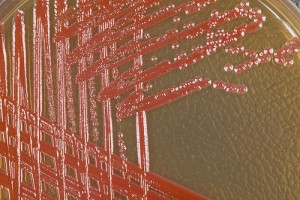SAN FRANCISCO—In September 1950, the United States Military began using the fog of San Francisco to conduct experiments.

The reason San Francisco was even considered a candidate was due to the weather. San Francisco had an interesting geographical layout and was located close to the ocean, it was perfect.
These tests were considered unethical under the Nuremberg Code, which was created back in 1947, in response to the discovery of the Nazi Concentration Camps. The code is a list of ethics and part of it states that there must be voluntary consent by those who are involved in the experiment. These tests cannot lead to death or disability.
The experiment named “Operation Sea-Spray” was conducted when the military would release the bacteria called Serratia Marcescens a few miles off the coast of San Francisco. The S. Marcescens produces bright red pigments and the military used the bacteria in order to determine the spots in the city that could be more susceptible to a germ-based terrorist attack.In the end the tests were determined a success.
The bacteria had been initially deemed harmless. A week later 11 local residents checked into the local hospital and were diagnosed with a urinary tract infection. One person, by the name of Edward J. Nevin, died back in 1951 due to a bacterial infection and it is believed that his death was linked to these experiments.
The military continued to conduct around 240 experiments related to “germ warfare” in other populated areas until 1969. These experiments did not become public until 1976, and it is known as the “largest human experiment in history.”






